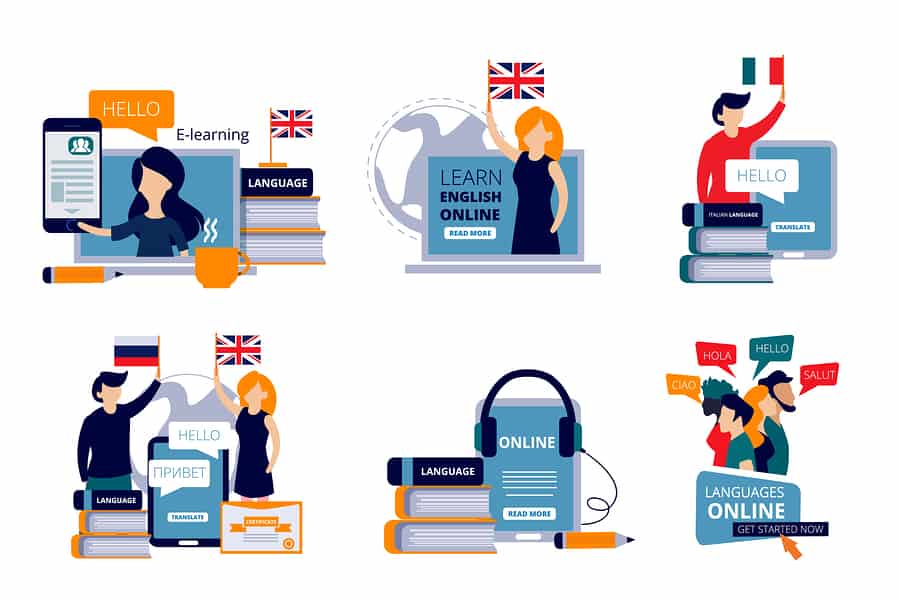How Interpreting Helps to Support Native Language Speakers
Over the past 100 years at least 400 languages have become extinct. Linguists have revealed that by the end of this century an estimated 50 percent of the 6,500 languages that are still in use today will have totally disappeared. The global movement of people who flee their own countries do so because they either feel their lives are under threat or they are trying to escape a life of poverty. Currently, there are just ten languages in the world that cover 50 percent of the world population. The chances are that those fleeing their own countries will end up in a country that speaks one of those ten languages so sooner than later either they or their children will use that host country’s language as their main language.
Employing Interpreters can help New Immigrants Save Face
When people come to live in a new country it is important that they are able to communicate from the day they arrive. If they are refugees or asylum seekers they may not yet be fluent in their host country’s language. This is when interpreters can help fill the gap. If they are made available in schools, hospitals, driving test centers, and taxation officers it would minimize the chance of miscommunication between parties who need to communicate on important matters. It also means new immigrants in a new country save the embarrassment of being misunderstood.
Four Types of Interpreters
Despite the fact that interpreters basically share similar skills, there are still some key differences in the interpreting industry.
1. Simultaneous Interpreting
A simultaneous interpreter listens to the speaker and translates what is said directly afterward. This sort of interpreting takes place at key meetings like the European Union Parliament. We see it happening over and over again when watching a replay. The interpreter sits inside a soundproofed booth and listens to the speaker through the use of headphones. S/he then translates what is being said into a microphone which transmits the translation through radio waves and those who want to listen use headsets.
2. Consecutive Interpreting
A consecutive interpreter is a little different from a simultaneous interpreter as the former translates a speaker’s words when they pause. This type of interpreter is typically found in face-to-face encounters, like at court cases, in meetings and during interviews, etc. Two or more people can be involved with one single interpreter. The difficult part for the interpreter is remembering what the speaker said.
3. Whisper Interpreting
With whisper interpreting the interpreter sits alongside the person(s) who require the translation and whispers the words that are being said, so no one else nearby is disturbed.
4. Phone Interpreting
A phone interpreter typically uses consecutive interpreting via the phone. It takes place between one or more people. A phone interpreter usually works in a remote setting and when s/he answers the phone the interpreting begins between the sharing parties. This is the type of interpreting most commonly found in the public service sector and in places where face-to-face communication is not possible.
To summarise, the different kinds of interpreting offer new migrants and their families a go-between while they learn the language of their host country.



